Pecan Articularia Leaf Mold Treatment: Controlling Leaf Mold In Pecan Trees

Although articularia leaf mold of pecans is a relatively minor problem, it can still be a major thorn in the side of home gardeners. Fortunately, leaf mold in pecan trees is easy to control. Wondering how to control articularia leaf mold? The first step is identifying the signs and symptoms. At that point, you can take steps to control pecan with articularia leaf mold.
What Causes Leaf Mold in Pecan Trees?
Articularia leaf mold of pecans is a common fungal disease that frequently occurs after extended periods of rainy weather. Weak pecan trees are more susceptible to disease. Symptoms of pecan with articularia leaf mold are an early indication that there is a problem. Fortunately, leaf mold in pecan trees is easy to recognize by the patchy white tufts on lower leaf surfaces. The white tufts actually contain fungal spores.
How to Control Articularia Leaf Mold
Normally, one pecan articularia leaf mold treatment of fungicide in spring is usually enough to control leaf mold in pecan trees. Once signs of leaf mold in pecan trees are apparent, your local university cooperative extension can help you select the best fungicide for the job. You can also seek information at a reputable fruit tree nursery. Read the label properly before applying fungicides, and always use the proper equipment. Eradicating pecan with articularia leaf mold requires total coverage. A thin film on all the foliage will kill fungal spores before they can invade the tissues. Preventing articularia leaf mold of pecans means keeping your pecan tree healthy. Provide water and fertilizer regularly, but don’t overdo either one. Plant disease-resistant cultivars. Be sure your pecan trees aren’t crowded with other trees or plants. Allow space for air to circulate freely. Prune properly. Remove low-hanging limbs to improve ventilation throughout the branches. Keep the area clean. Remove leaves, twigs, and other plant matter as debris can harbor leaf mold in peach trees. Plowing can also reduce pathogens in the soil.
Gardening tips, videos, info and more delivered right to your inbox!
Sign up for the Gardening Know How newsletter today and receive a free copy of our e-book "How to Grow Delicious Tomatoes".

A Credentialed Garden Writer, Mary H. Dyer was with Gardening Know How in the very beginning, publishing articles as early as 2007.
-
 7 New & Improved Cultivars Of Old-Fashioned Plants – These Aren’t Your Grandma’s Plants!
7 New & Improved Cultivars Of Old-Fashioned Plants – These Aren’t Your Grandma’s Plants!Old is new again! These old-fashioned plants have new cultivars that are sure to thrive in your garden and bring the charm factor. Neighbors will be envious!
By Mary Ellen Ellis
-
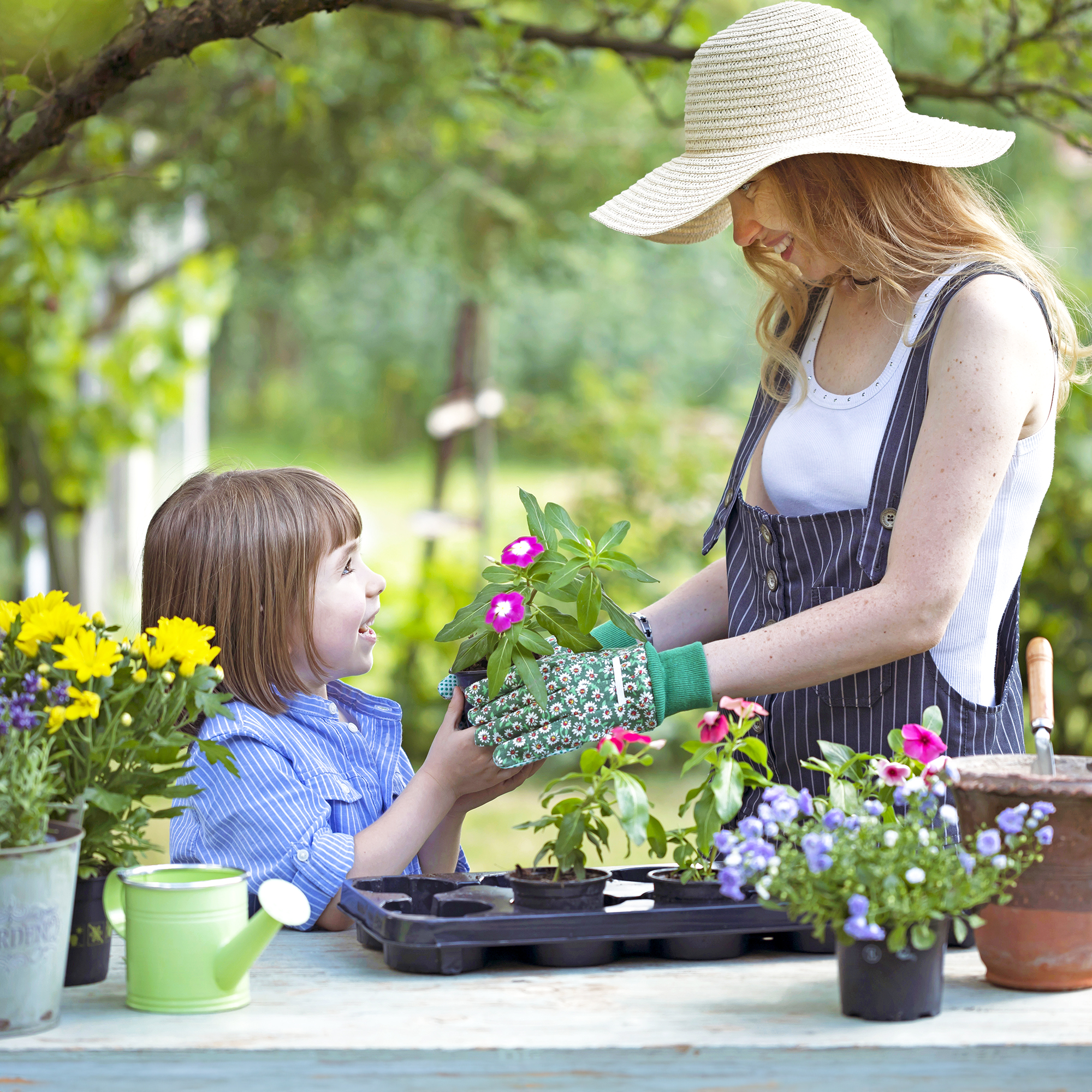 12 Mother’s Day Garden Gifts That Celebrate Moms Who Love To Grow
12 Mother’s Day Garden Gifts That Celebrate Moms Who Love To GrowAll Moms deserve to feel special on Mother’s Day, so treat her to a thoughtful gardening gift that helps her get the most out of her hobby.
By Melanie Griffiths
-
 From Harvest To Table: How To Make The Perfect Pecan Pie
From Harvest To Table: How To Make The Perfect Pecan PieFall is pecan harvest time, which means it’s also time for the perfect pecan pie recipe. Read on for more.
By Amy Grant
-
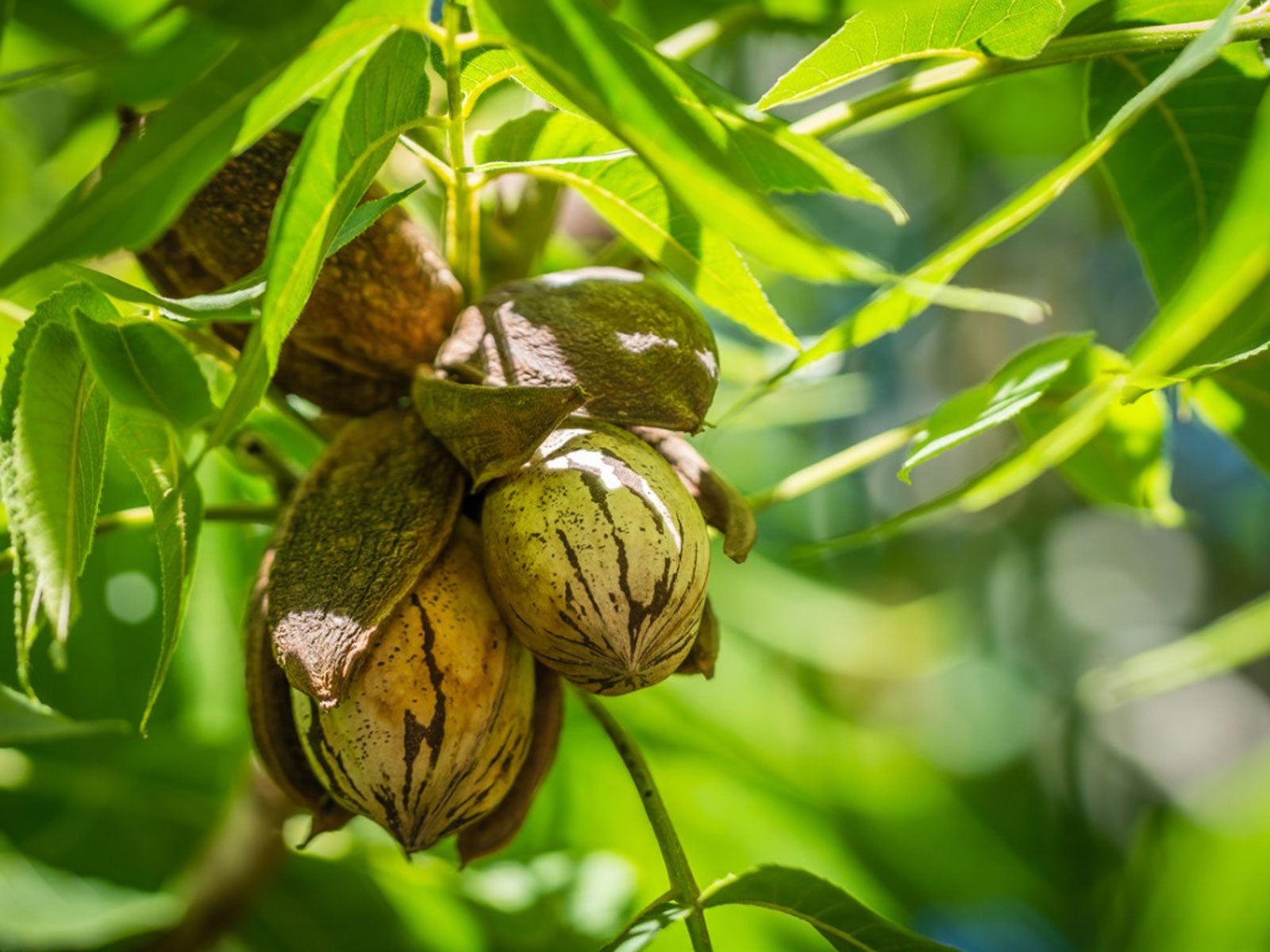 Root Pecan Cuttings – Can You Grow Pecans From Cuttings
Root Pecan Cuttings – Can You Grow Pecans From CuttingsPecans are delicious, so much so that if you have a mature tree, your neighbors are likely envious. You may want to root pecan cuttings in order to grow a few trees for gifting. Will pecans grow from cuttings though? Click here for info on pecan cutting propagation.
By Teo Spengler
-
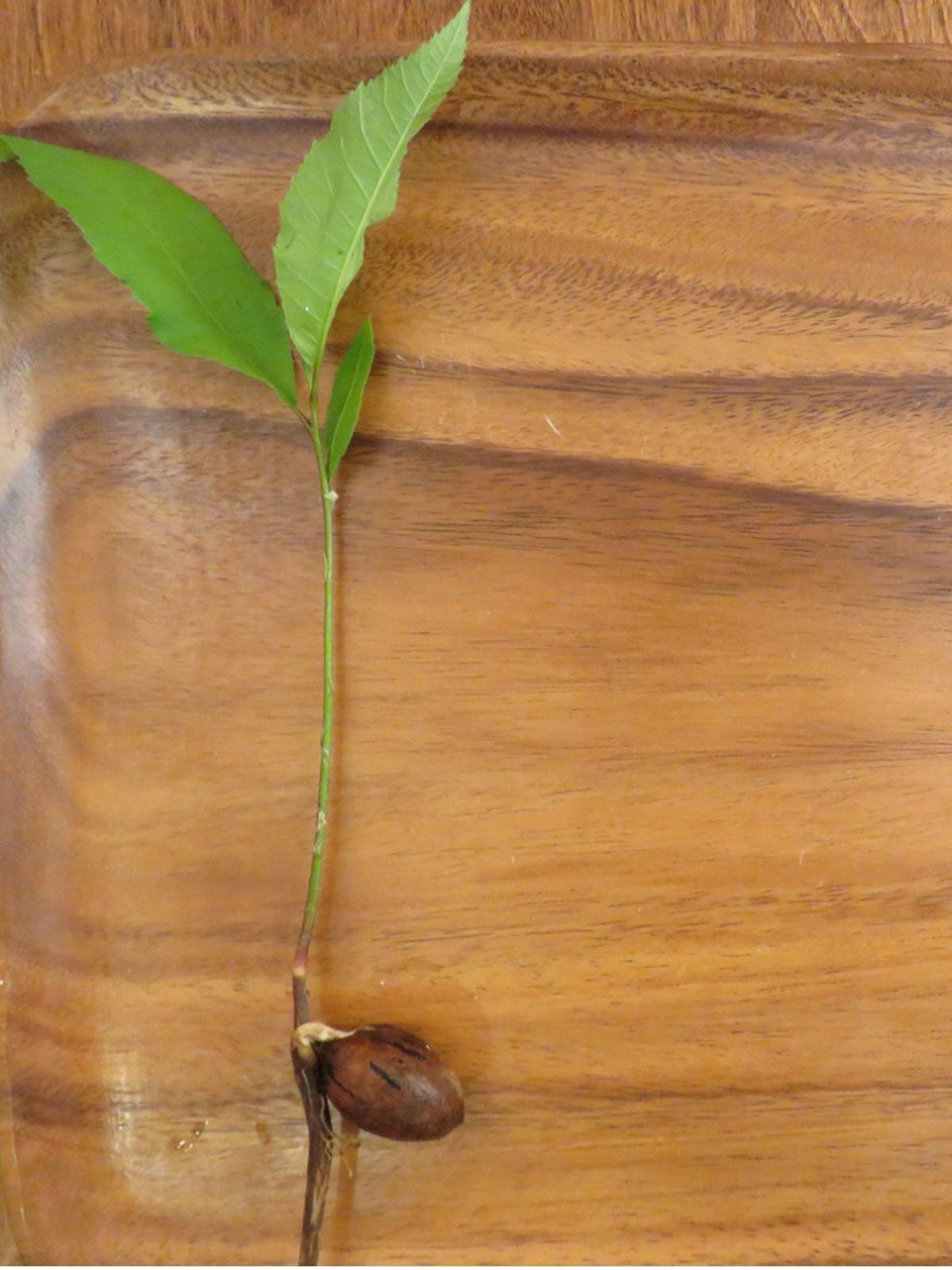 How To Plant Pecans: Learn About Sowing Pecan Seeds
How To Plant Pecans: Learn About Sowing Pecan SeedsGrowing pecans from seed is not as simple as it sounds. Sowing pecan seeds is only one step in a complex process of growing a nut producing tree. Can you plant a pecan seed? Click here to find out and get tips on how to plant pecans and pecan seed germination.
By Teo Spengler
-
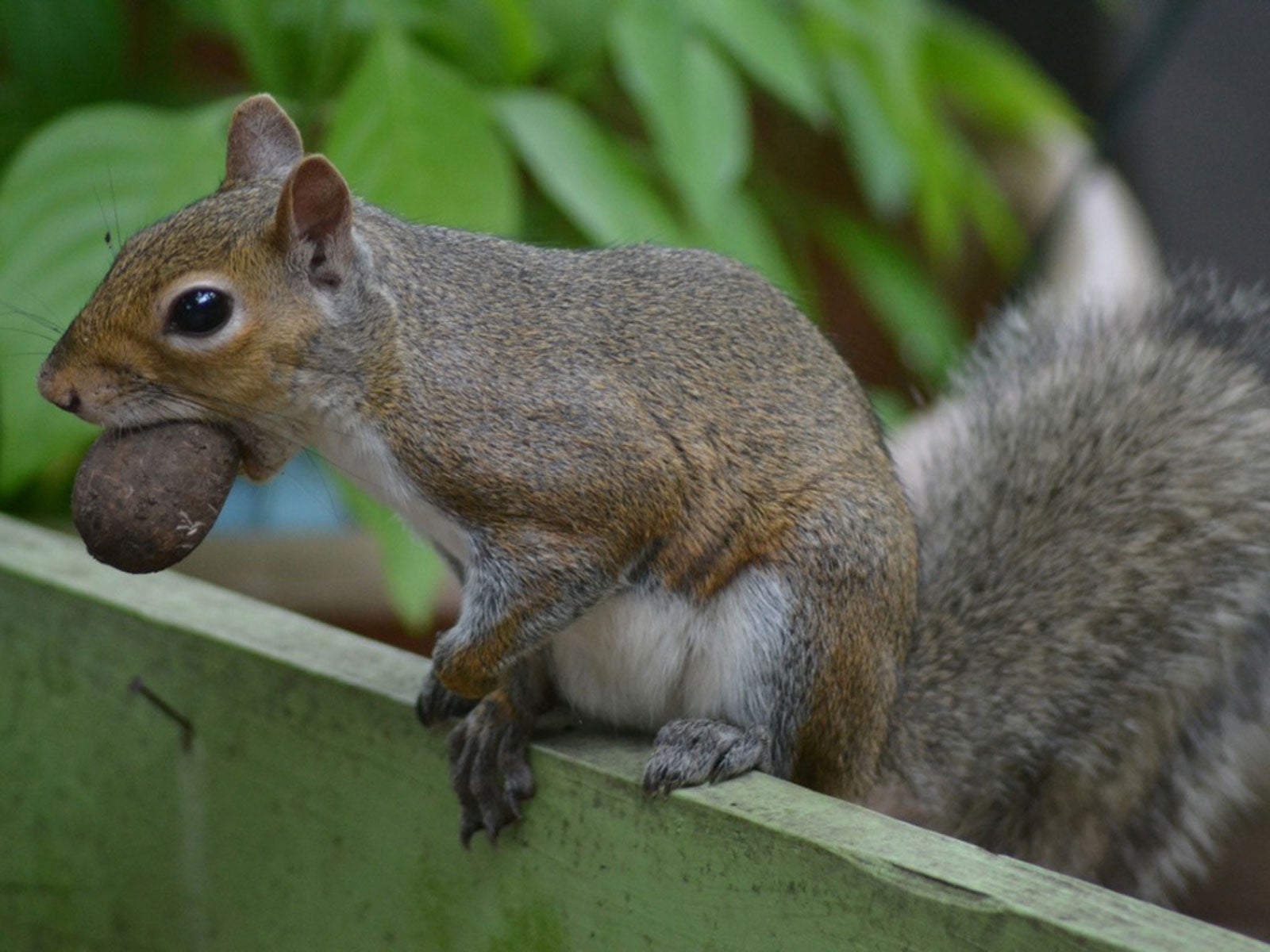 Help, Pecans Are Gone: What’s Eating My Pecans Off The Tree
Help, Pecans Are Gone: What’s Eating My Pecans Off The TreeIt’s definitely unpleasant to walk outside to admire your pecan tree and find half your nuts are gone! You may begin to wonder what could be eating your pecans. Click this article for ideas on different pests that eat pecans so you can save more of the tasty nuts for yourself.
By Teo Spengler
-
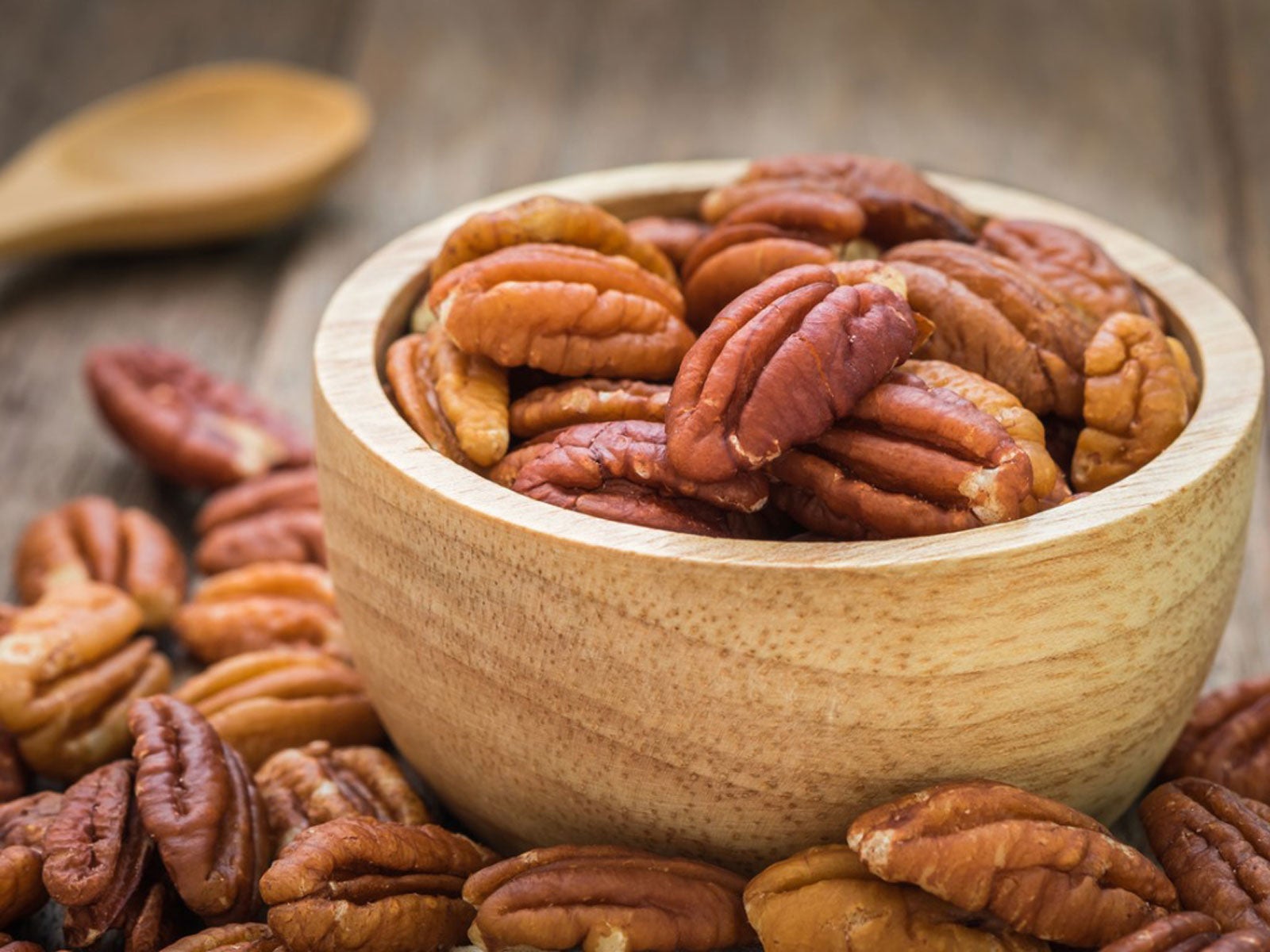 Using Pecans In The Kitchen: What To Do With Pecans
Using Pecans In The Kitchen: What To Do With PecansWith such a large quantity of nut production, one might wonder what to do with pecans. Cooking with pecans is the most common of uses, but there are other ways of using pecans. If you are lucky enough to have access to a pecan tree, learn how to use pecans here.
By Amy Grant
-
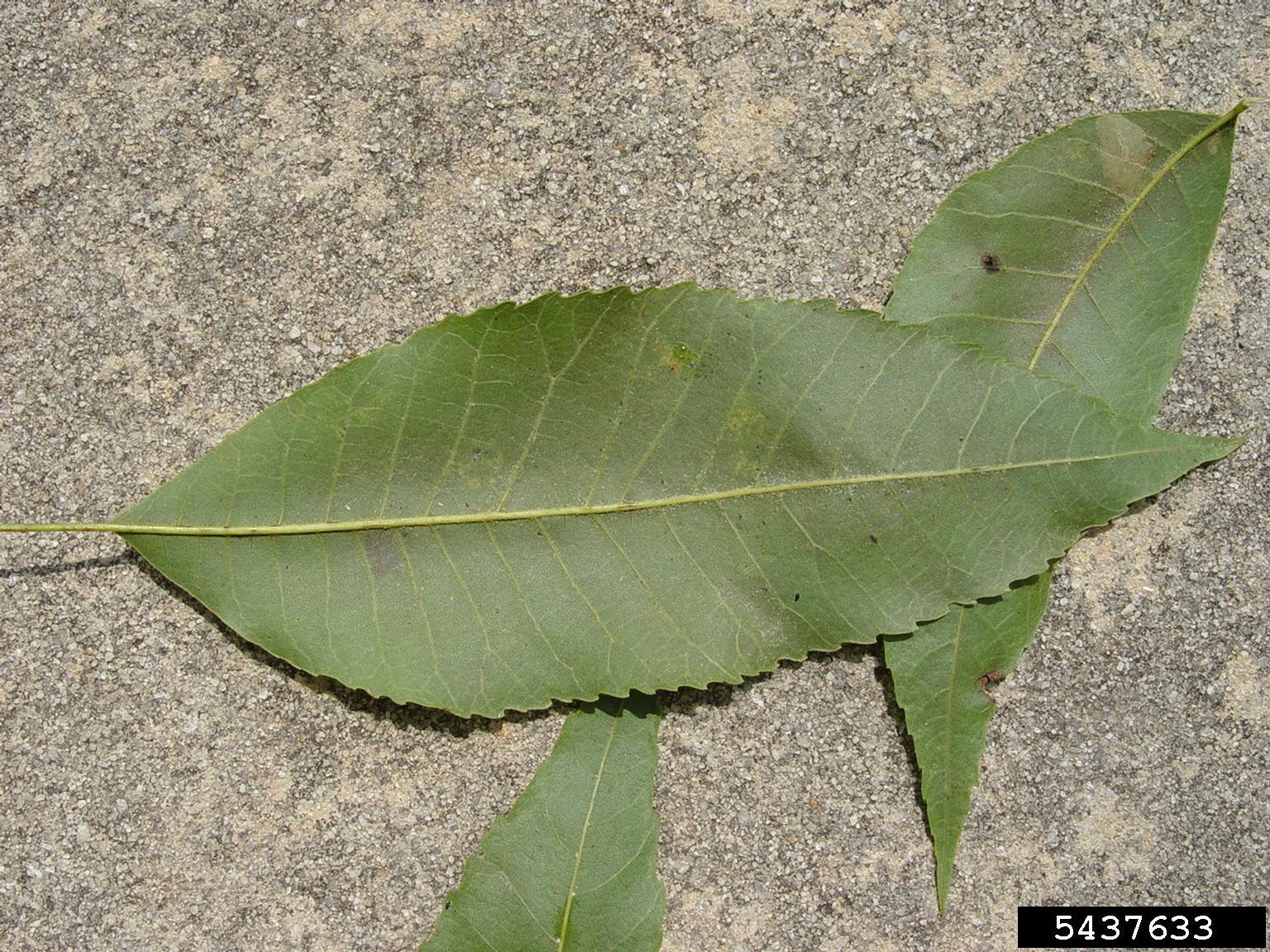 Pecan Bacterial Leaf Scorch: Treating Bacterial Leaf Scorch Of Pecans
Pecan Bacterial Leaf Scorch: Treating Bacterial Leaf Scorch Of PecansWhile pecan bacterial leaf scorch (PBLS) does not kill pecan trees, it can result in significant losses. The following article discusses the symptoms and treatment for a pecan tree with bacterial leaf scorch. Click here for more information.
By Amy Grant
-
Pecan Downy Spot Control – How To Treat Downy Spot Of Pecans
Downy spot of pecans is a fungal disease affects the overall vigor of the tree, thus pecan downy spot control is integral to its health. The following article contains information on pecan downy spot symptoms and tips for treating a pecan tree with downy spot.
By Amy Grant
-
Pecan Vein Spot Control – Learn About Pecan Vein Spot Disease
Pecan vein spot disease is caused by the fungus Gnomonia nerviseda. The disease does not appear on shoots or nuts, only foliage and only in pecan trees. The good news is that the disease is infrequent, causes little crop loss and can be prevented. This article will help.
By Bonnie L. Grant